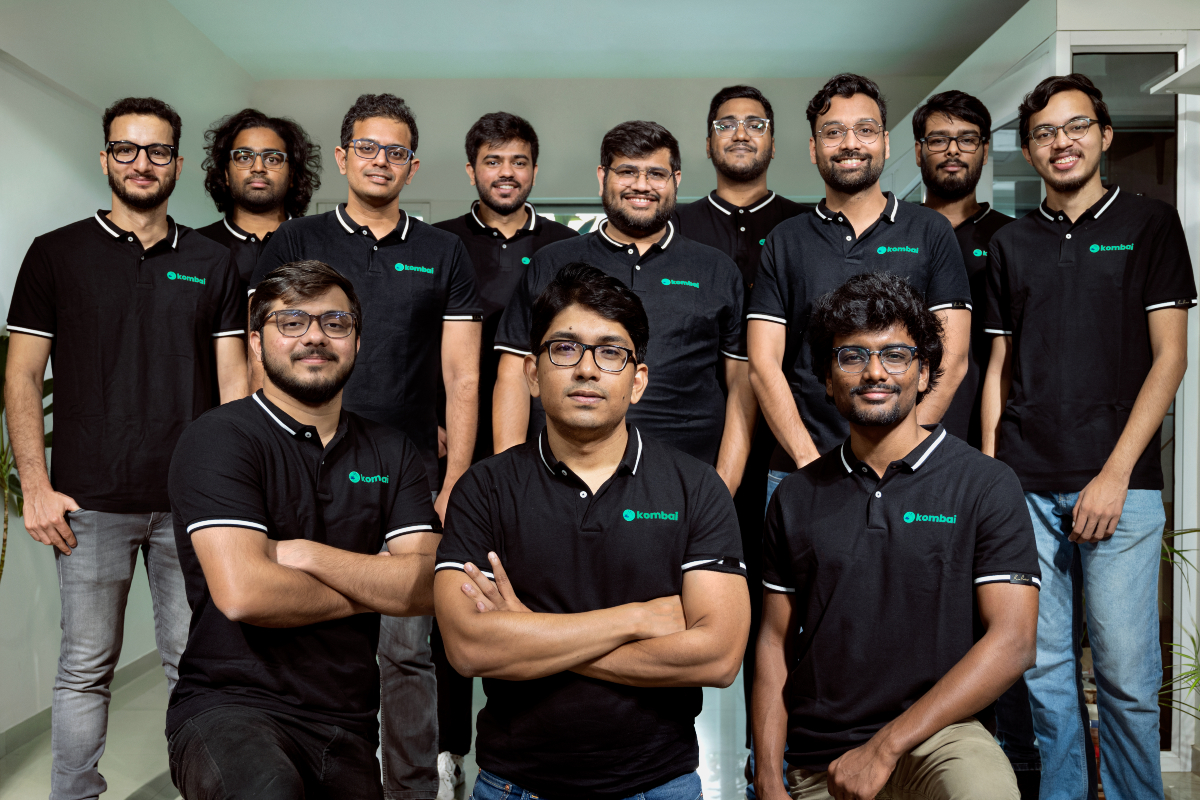Kombai, a startup that aims to help front-end developers easily convert UI designs to code using AI, has emerged from stealth and announced a $4.5 million in a seed funding round led by Stellaris Venture Partners and Foundation Capital.
In response to rapid hardware advancements, software evolution has underscored a pressing need for superior user interfaces. Both emerging startups and leading tech firms are keen to develop distinguishing user interfaces. However, front-end developers often find the swift coding of these unique designs challenging. Kombai’s AI model, aimed at addressing this issue, is scheduled for public research release this Wednesday
The Palo Alto-incorporated startup, and which operates from an office in India’s Pune, was founded by former Mindtickle executives Dipanjan Dey (serving as Kombai CEO) and Abhijit Bhole (CTO) in April 2022 — after over 16 months of groundwork. It uses a collection of deep learning and heuristics models, each designed to tackle a specific aspect of interpreting UI designs and generating code from said interpretation.
“The model tries to develop an intuitive understanding of the design… and then it starts generating the code,” Dey said in an interview.
Kombai, named after the Indian dog breed by the dog-loving co-founders, uses a step-by-step approach to create UI code. In its process, Kombai intelligently clusters logical elements, forming a streamlined div structure while ensuring CSS has minimal hardcoded widths and margins. The generated code is segmented into discernible components, each aptly named to facilitate comprehension and potential reuse. Recognizing patterns, Kombai pinpoints loops and conditions, substituting static text with variables. In its final touch, it leverages publicly available multi-modal large language models (LLMs) to refine particular segments of its auto-generated code, culminating in a polished end product.
The LLMs account for under 5% of the final output’s character count, while the bulk of it is produced by the AI model directly, Dey said.
Even though generating code using AI involves a number of steps in the background, Kombai’s model produces the result in a few seconds to help save plenty of time for front-end developers.
The generated code can be downloaded by front-end developers or copied directly into their respective IDEs. Developers can also modify the code depending on their requirements and incorporate it into their codebases.
Dey noted that developers typically spend 25–75% of their working time writing UI code such as styles in CSS, Document Object Model (DOM) in HTML and framework-specific boilerplate. While the demand and complexity of front-end development have gone up as designing has become crucial for businesses, there is a lack of standardization in front-end technologies, the co-founder told TC.
Before launching its model for public research, Kombai collaborated with more than 500 developers during the last six months as part of its private research preview.
The startup looks to emerge as “reverse Dall-E for UI design” and make front-end development fun again for the five million front-end and 15 million fullstack developers worldwide, Dey told TC.
Kombai currently requires front-end developers to have a Figma account to sign up or integrate Figma’s API token to fetch designs from the interface design app. However, Dey said the model could potentially be easily integrated with other design tools including Adobe XD.
“The only reason we are not going to XD is primarily because of our bandwidth,” he said.
The seed round included participation from 20 angels, including some undisclosed SaaS CEOs and CTOs and a few late-stage investors.
“In Kombai’s team, we discovered a rare blend of tech and product expertise needed to solve the problem with a fundamentally new approach. We’re thrilled by the remarkable strides the team has taken in developing the product and the positive developer feedback,” said Alok Goyal, partner at Stellaris Venture Partners, in a prepared statement.
Kombai, which currently has a workforce of 13 people comprising senior front-end engineers and deep-learning experts, will expand its team with a few more engineers over the next few months.
“Excellent designer tools like Figma and Adobe XD have emerged in the last decade. But they do not generate meaningful code that can be used by developers. On the other hand, LLM-based tools like ChatGPT and Github Copilot are great for generating code suggestions from textual inputs, but they don’t work for UI development. As a result, developers need to manually translate all parts of a UI design into code, which is frustrating and incredibly time-consuming. We believe this presents a huge opportunity that has practically been begging for a solution. That’s why we’re thrilled to partner with the Kombai team in their mission of enabling the world’s 20 million developers to spend more of their time on hard, interesting problems, not mundane CSS,” said Ashu Garg, Partner at Foundation Capital.
Kombai plans to utilize some of its funding to start inbound and to continue investing in research and development, improve its base models and build compatibility with a range of libraries and frameworks used by developer teams.










